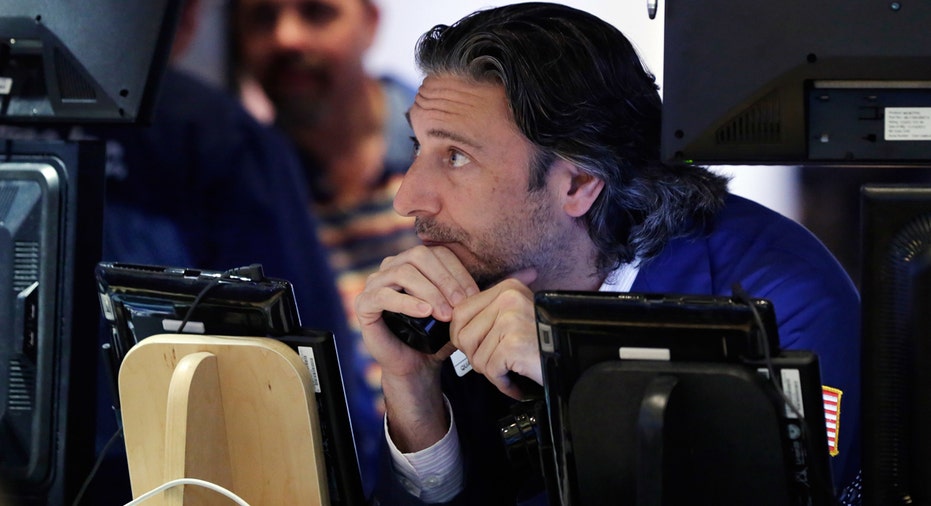Apple, Netflix see more selling pressure as tech rout continues

Long-term tech investors might want to batten down the hatches as industry behemoths including Apple (NASDAQ:AAPL) and Netflix (NASDAQ:NFLX) inch further into pullback territory, categorized as a 5% decline or more from a recent high.
After falling 1.8% in its heaviest volume day Friday, the tech heavy Nasdaq Composite index dropped another 69 points, or 1.74% in recent action on Monday to 5672. Meanwhile the blue-chip Dow Jones Industrial Average felt a smaller ripple as it slipped 41 points, or 0.19% to 21230 while the S&P 500 ticked down 7 points, or 0.30% to 2424.
The S&P’s technology sector was by far the biggest decliner on the session as it dropped more than 2% at its lowest point, while the telecommunications and energy sectors rose more than 1%.
The Nasdaq Composite has registered gains of more than 15% so far this year as the so-called FANG stocks – Facebook (NASDAQ:FB), Apple, Netflix, and Google (NASDAQ:GOOGL) – plus other giants like Microsoft (NASDAQ:MSFT) and Amazon (NADAQ:AMZN) have jumped between 13% and 30% in 2017. What’s more, Google and Amazon last month began trading above $1,000 per share as their market valuations reached more than $288 billion and $467 billion, respectively.
Because of those hefty valuations, some attribute the recent selloff, which saw Apple notch a nearly 4% decline Friday – its biggest daily drop in more than a year – to air coming out of the well-traveled tires.
“Do we see follow through in the coming weeks? Yes, I do expect more air to be let out of this trade in the coming weeks – though Friday’s sharp trade lower may not be repeated. On a relative valuation basis, tech/software is expensive,” said Peter Kenny, senior market strategist at Global Markets Advisory Group.
Growth and momentum stocks – which are most commonly illustrated by FANG names – have dominated the tech sector’s 18.5% gains so far this year, Dennis DeBusschere, Evercore ISI senior managing director pointed out, noting that advance has helped lead the overall market higher, though other factors including a growing economy and anticipation of pro-business policies from a new president have played an outsize role as well.
Since the end of May, and with Friday’s steep decline, DeBusschere noted performance has been tilted toward value plays.
“It is too early to call this a new trend, but given institutional positioning, it is a trend worth monitoring,” he said, referencing findings, according to 13F filings (required by the Securities and Exchange Commission of institutional investment managers with more than $100 million in qualifying assets), that show hedge funds and other institutional players still hold overweight positions on growth and momentum stocks as they underweight value plays.
“It also means that rotation into value would involve a significant shift in positioning and have a large impact on market internals,” he said.
The U.S. dollar’s growth trend could also be playing a role in pressuring high-flying growth names. As DeBusschere pointed out, the greenback has come under pressure so far this year and was down 2.1% last month as U.S. economic activity has taken a breather relative to other parts of the world and as Wall Street’s expectations for fiscal stimulus measures – from tax reform to increased spending levels thanks to a planned infrastructure push – have faded.
“The volatility of traditional value, the worst performing factor year to date, has become increasingly and unusually tied to changes in the [U.S. dollar] over the course of the past few quarters,” he explained.